Auburn is a city in the scenic Finger Lakes region of New York State and the chosen home of Harriet Tubman, a conductor on the Underground Railroad during the antebellum era. It is known as “History’s Hometown”, and March 10 is known annually as Harriet Tubman Day.
Like most New York locations, the area known as Auburn was inhabited by Tuscarora Indians till the late 1700s when Captain Hardenbergh moved in with his two enslaved (some texts have them as indentured) servants to the area he named Hardenbergh’s Corners. In 1805, its name was changed to Auburn and it became the county seat.
There are many historic articles and books on Harriet Tubman’s life which I encourage you to seek and read, so this blog will not dwell on that; instead it will summarize her interesting life and important acquaintances in Auburn, as well as historic things to see and do in this Finger Lakes city. If you’re a history nerd, you’d love this!
Harriet Tubman in Auburn
Article Contents
The life of the woman born Araminta Ross in Maryland, started with enslavement and trauma and ended with the love and presence of her biological and adopted family in the Finger Lakes region of New York. As a conductor on the Underground Railroad, she ensured that over 70 enslaved persons – including family and friends – made their way to freedom.
Harriet’s parents, Ben and Harriet Ross, were part of this rescued group and she moved them to St. Catharines in Ontario, where some formerly enslaved were transported. Alas, her parents were in their 70s and couldn’t take the harsh Canadian winters and the discrimination in the town and wanted to return to the United States. Now, Harriet had to find a suitable town for her parents to live out their days.
Auburn stood out as a home as it was an Underground Railroad hot spot, home to Quaker abolitionists and equal rights activists like Frances Seward, the wife of the New York State Senator-turned-Governor at the time, William H. Seward, and a growing number of free African-Americans from Maryland plantations. Additionally, knowledge of Harriet was widespread in Auburn and in 1859, the city’s prominent people advocated for her to make Auburn her permanent home.
Remember…all this back and forth travel Harriet was embarking upon on the Underground Railroad got her within the sights of slave-catchers. After the Fugitive Slave Act was enabled in 1850, she was at risk of being caught and sold back into slavery because she was technically still enslaved seeing as she fled as a young woman believing she was going to be sold to another family.
Although her parents were free – Ben was freed first and bought his wife’s freedom – the 1857 Dred Scott Supreme Court majority decision stated that, “a negro, whose ancestors were imported into [the U.S.], and sold as slaves, whether enslaved or free, could not be an American citizen and therefore did not have standing to sue in federal court.”
They all risked arrest, capture, and being sold back into slavery in the South. Harriet was careful on where to settle her and her parents in the United States because of these court decisions and slave catchers.
Let’s rewind a bit to 1858. Frances Seward and Harriet Tubman were “friends” in the sense that Frances was an abolitionist and Harriet was of the demographic requiring equal rights, so unsure how friendly they were beyond that relationship. It is written that Frances Seward was Harriet’s confidant and extended her home as an Underground Railroad stop. It is also known that Senator Seward sold a $1,200 parcel of land to Harriet (he was also a supporter of the Underground Railroad), though texts are somewhat uncertain if this was a direct transaction as in 1859, property rights for women were very new, and non-existent between an African-American woman and a white man.
Nevertheless, with the help of AME Zion Church, Harriet purchased more acres of land adjacent to her first property and in 1908, she built a Home for the Aged. The Home was designated a National Historic Landmark by the National Park Service in 1975.
In the final years of her life, Harriet became so frail that she had to move from her home to the Home for the Aged that she built. She passed on March 10, 1913, and was buried with military honors at Fort Hill Cemetery in Auburn.
Her final words are said to be:
I go to prepare a place for you.
Spend a historic day in the city of Harriet Tubman: Historic things to do in Auburn
#Harriet Tubman National Historic Park
180 South Street, Auburn, NY
The Harriet Tubman Home Inc., was established by the AME Zion Church to manage Harriet’s homestead and the Home for the Aged. The land is vast and the second you step through the gate, you walk onto a piece of history which is very surreal as this is the same land and buildings that Harriet Tubman walked and saw.
I highly recommend you sit through the hour-long interesting and interactive history chat by the docent before going on the group tour of the land and the Home for the Aged. As at the time of my visit in September 2023, the Home was in the process of renovation as most of its interior is authentic. On the tour, it was mentioned that the land had some apple trees when Harriet lived but over time, these were chopped down.
Harriet Tubman’s brick homestead was built by her and her second husband, a bricklayer named Nelson Davis, and members of their extended family, and it is said that the finger prints of all of them are still embedded in the bricks of the still standing property.
You can tour the property grounds without booking a reservation but for the narration and access the historic home, reservations are required, There are two tours a day so check here for instructions on booking.
Spend a historic day in the city of Harriet Tubman: Historic things to do in Auburn
#Fort Hill Cemetery
19 Fort St. Cemetery, Auburn, NY
This is an historic and active cemetery housing the remains of hundreds of Auburn’s notable people, such as Harriet Tubman, William H. and Frances Seward, and John Hardenbergh. The cemetery is a short drive from the Harriet Tubman Home and her headstone is in the West Lawn section, surrounded by flowers, badges, and small American flags.
Spend a historic day in the city of Harriet Tubman: Historic things to do in Auburn
#Thompson Memorial AME Zion Church
49 Parker St., Auburn, NY
On the Harriet Tubman Home tour, you’ll learn that her funeral procession walked from the Thompson AME Zion Church to Fort Hill Cemetery. The church was erected in 1891 and was the location that Harriet Tubman worshipped in and from which she was buried in 1913. The church was involved in anti-slavery movements of its day and Harriet was an active member and supporter. The church site is currently under restoration by the National Park Service and it overlooks the grave site of Harriet Tubman.
The historic church still stands today.
Spend a historic day in the city of Harriet Tubman: Historic things to do in Auburn
#Seward House Museum
33 South Street, Auburn, NY
Seward House was the home of William H. Seward, a renowned politician who had many administrative roles ranging from New York State Senator, Governor, to Secretary of State in the Lincoln and Johnson presidencies. He is well known for his purchase of Alaska, or “Seward’s Folly”, as it came to be known.
He was married to Frances Seward, daughter of a prominent Auburn judge. Frances was a staunch abolitionist and equal rights activist and was acquainted with notable women like her who supported the Underground Railroad. She was also friendly with Harriet Tubman and is said to have introduced her to prominent white women who also supported equal rights.
Seward House may look conventional on the outside but within, it houses furniture, art, and literary collections amassed by William H. Seward over the life of his public service. There is a prominent gallery wall of photos of heads of state, royals, military icons he met during his service, letters from some global leaders, Native Alaskan art acquired after the purchase of that territory, Asian art from his diplomatic travels, a library collection, paintings from prominent American artists, and bronze busts of William H. Seward.
On the lower level is the original kitchen, said to be a temporary stop on the Underground Railroad before people were ferried out. Because of their societal standing, the Seward Home was never searched or even suspected as a sympathizer, so the kitchen was able to continue as a stop. In summer, the basement is absolutely sweltering, so imagine the temperature here for inhabitants in days when hearths and coals were constantly burning for meals and hot water of a large household.
Don’t miss the Harriet Tubman exhibits in a corner of the house, narrating how she chose Auburn and her friendship with the Seward’s. There is also a small section on Auburn’s infamous penitentiary system and correctional facility of which Frances Seward was against.
Lastly, the garden has a gazebo that is a lovely photo spot and in warm weather, flowers bloom on the property.
The house is well preserved with items authentic to the family. You will see your first commode chair – an armchair with a chamber pot underneath its cushion – which was a staple in wealthy home for women and their Victorian-era voluminous hoop skirts. This is one of many, many times I’m grateful to be alive in the modern era.
Spend a historic day in the city of Harriet Tubman: Historic things to do in Auburn
#New York State Equal Rights Heritage Center
25 South Street, Auburn, NY
The Welcome Center at the Heritage Center displays a modern interactive exhibition of the state’s equal rights history and legends. Begin your self-paced Auburn history tour here with a walking tour of historic points of interest related to Harriet Tubman. For example, Westminster Presbyterian Church where Harriet and Nelson wed, Harriet Tubman Home, Harriet Tubman Memorial mosaic, and so much more.
Alternatively, join the immersive, outdoor Lantern Trail to experience Auburn’s historic sites. Follow the map to discover eleven stickers with QR codes, scan them for background of each site, and follow instructions to win a prize and a badge. This is a fun and educationally age-neutral way to learn about Harriet Tubman’s life and historic sites in Auburn.
The Heritage Center also depicts the legendary people of Auburn and the Finger Lakes region that advocated for equal rights. Lastly, rest and reflect near the statue of Harriet Tubman on the grounds of the Heritage Center.
This Auburn tour was hosted by Finger Lakes Regional Tourism Council.
Musings and Adventures is a participant in Get Your Guide affiliate program to provide us some earnings. Please click, share, book, and purchase to support.
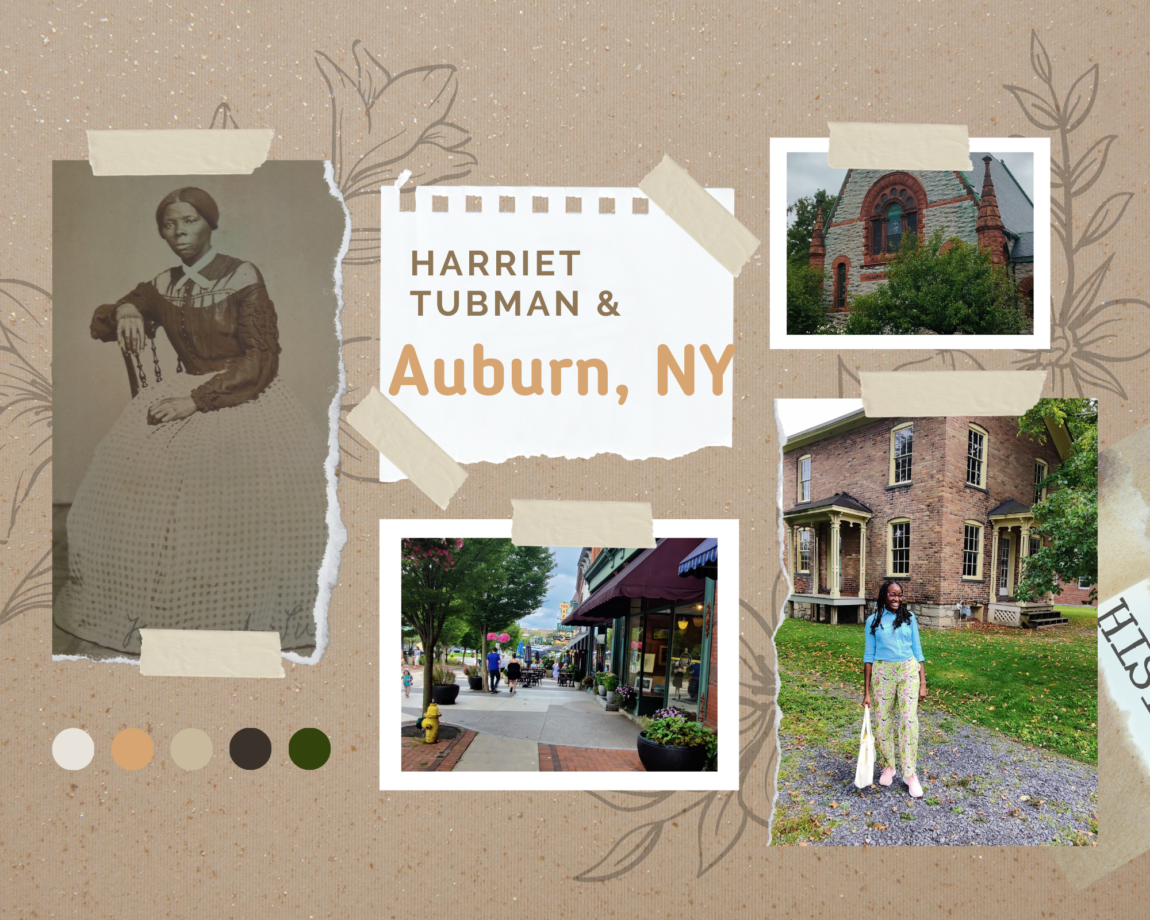
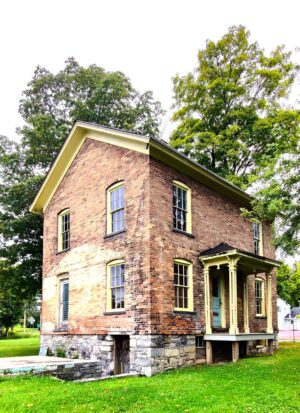
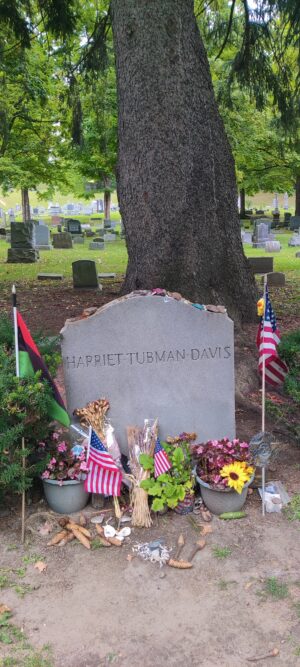
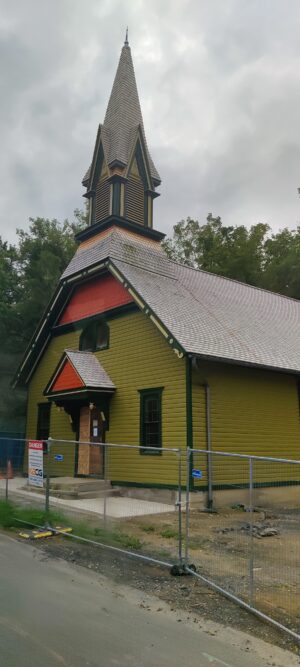

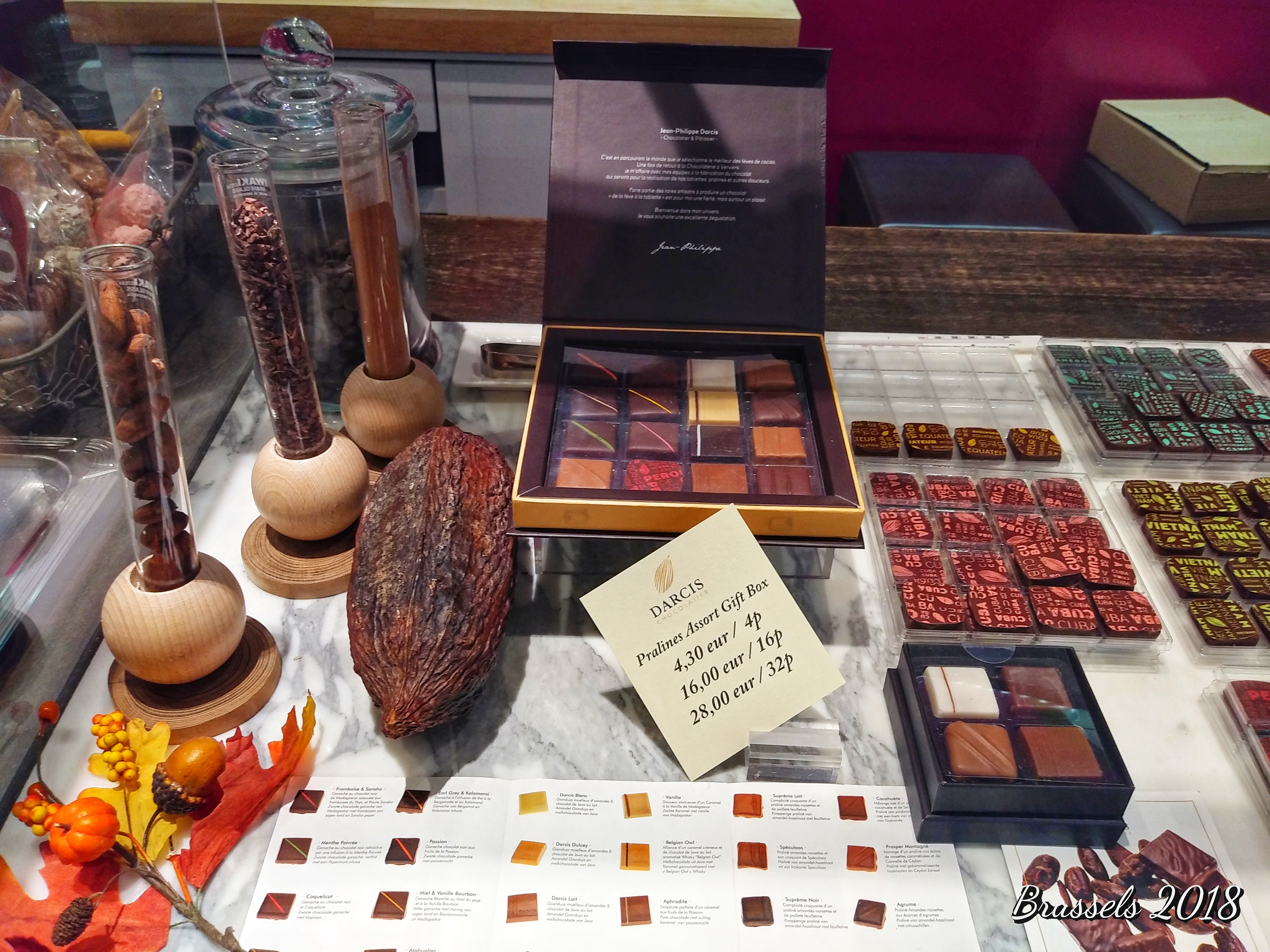


No Comments